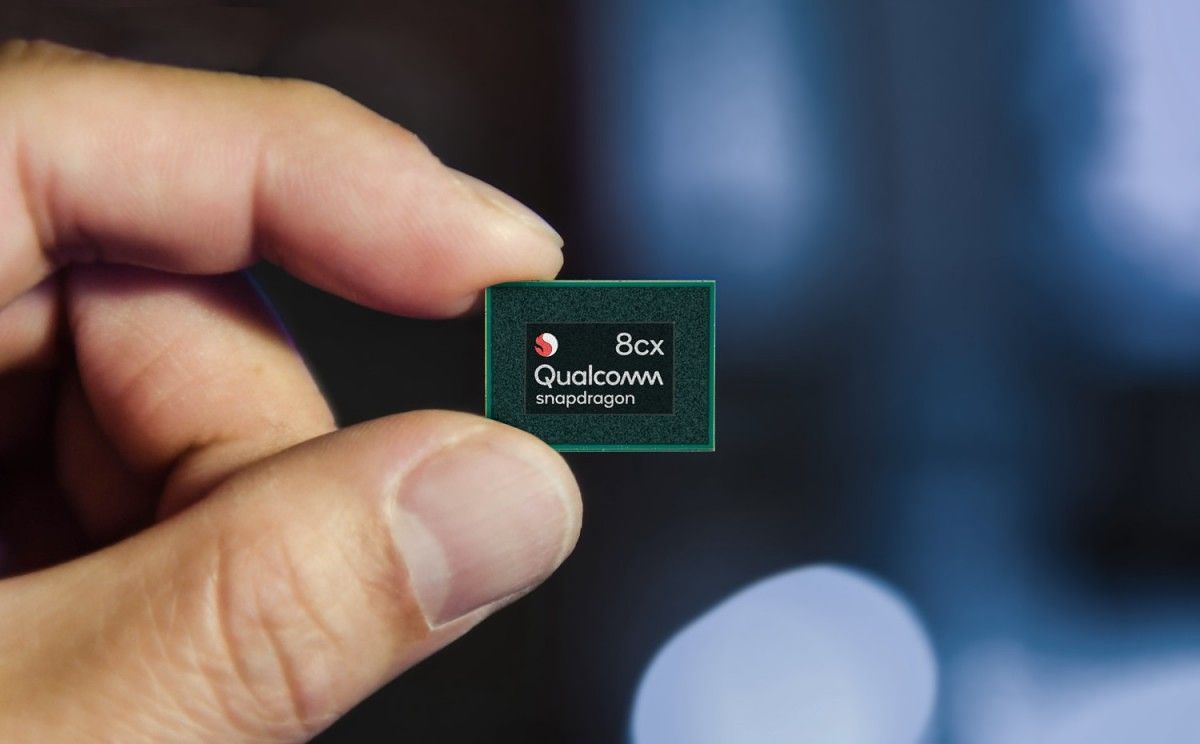With Apple going strong with its in-house ARM-based chipset for its Mac products, it seems that Qualcomm will finally pull up its socks. The chipset maker is reportedly working on a new platform for Windows notebooks and 2-in-1 devices, a successor to the second-generation Snapdragon 8cx.
Qualcomm’s chipsets for Windows haven’t really matched up against Intel, AMD, or even Apple, for that matter. The company has managed to only ship processors that can handle light workloads; for instance, the Surface Pro X. WinFuture had reported last month that Qualcomm is working on more powerful high-end SoCs for laptops running on Windows. Spotted in import-export databases with the internal model number SC8280, it is said that the chip is being tested in at least two variants.
A new update to the previous report now suggests that Qualcomm is no longer focusing on combining high-end and energy-saving cores, as was the case with the Snapdragon 8cx and the Snapdragon 8cx Gen2. The upcoming processor could come without power-saving cores and instead include two clusters of high-performance cores clocked at different speeds. The Snapdragon SC8280XP, one of the two variants being tested, allegedly has four absolute high-end cores called "Gold +" running at 2.7GHz, paired with four more high-end cores, which are referred to as "Gold" cores clocked at 2.43Ghz. The dedicated power-saving cores are nowhere to be seen, which means we can expect high performance but lower energy efficiency.
Certain samples are being tested, similar to the chip mentioned above, but with the maximum clock speeds of the higher clocked cores going up to 3GHz. The chipset is also said to include an integrated NPU (Neural Processing Unit) to handle AI-based tasks with up to 15 TOPs of performance. These chips are being tested on laptops with 14-inch designs and 32GB of RAM, which is again a jump from the 16GB limit on the older Snapdragon chips made for Windows systems. As of now, there is no confirmation as to when these chips will be officially announced or when we can expect them to power future Windows laptops and 2-in-1 devices.

